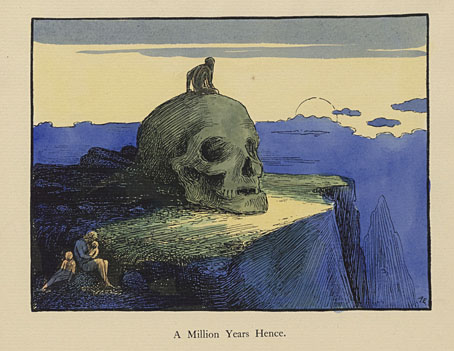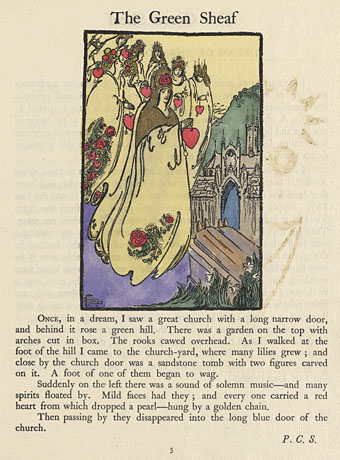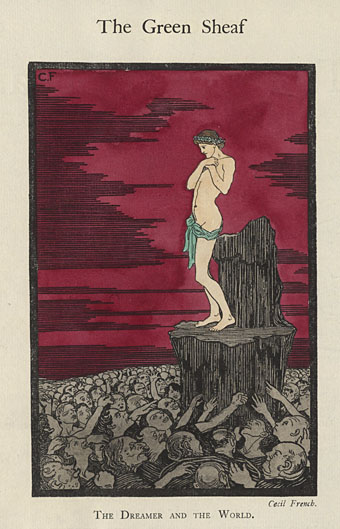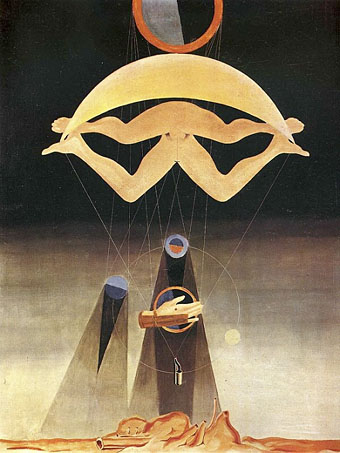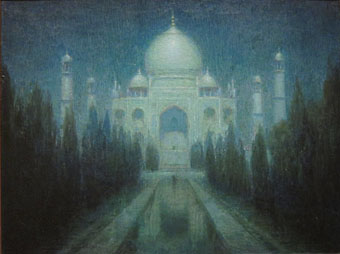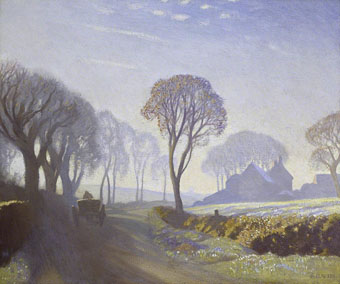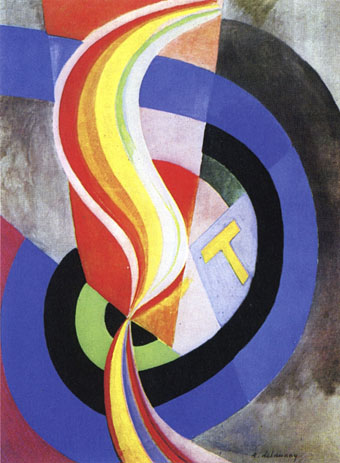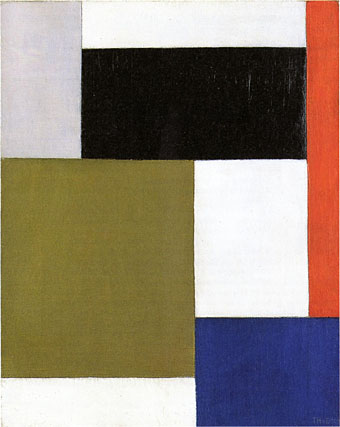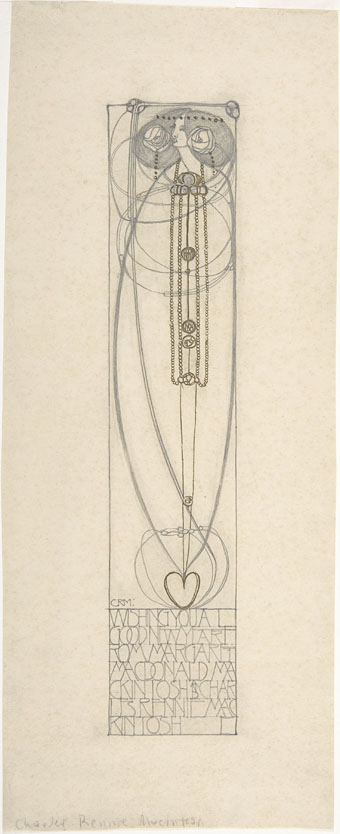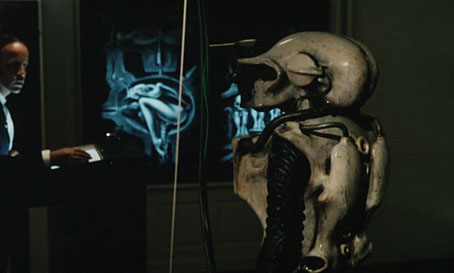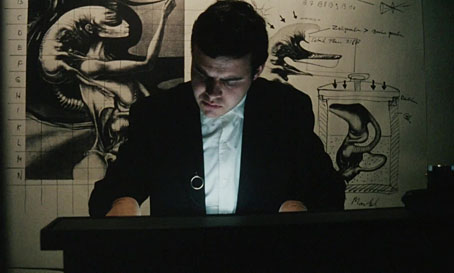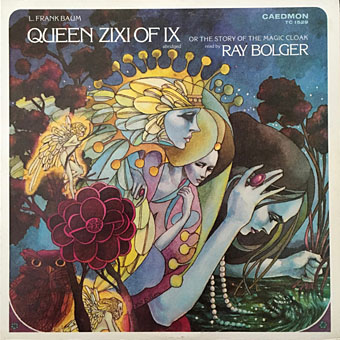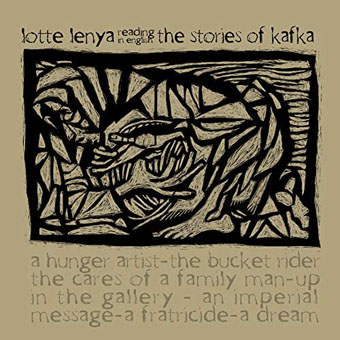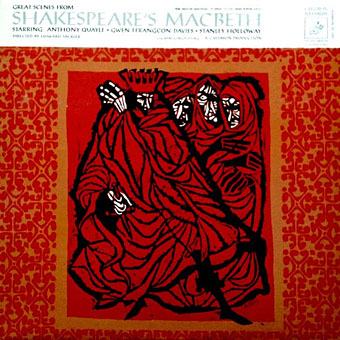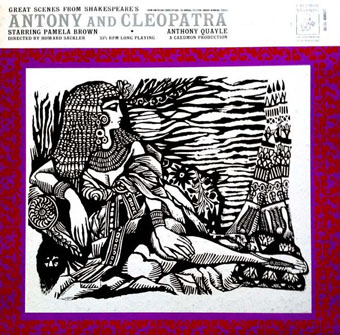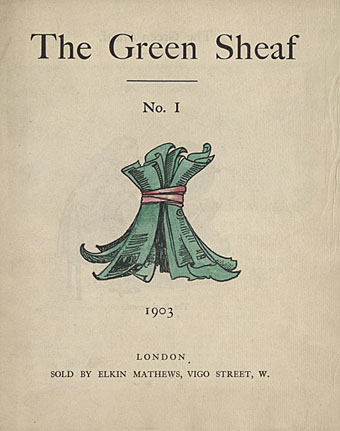
Pamela Colman Smith, artist, is more of a familiar figure today than she used to be thanks to the increased attention given to women artists of the past. Less familiar is Pamela Colman Smith, magazine editor, a role she briefly occupied in 1903 when she launched The Green Sheaf, an arts magazine published in London. This was a slight publication—the first number is a mere 8 pages—but the contents included heavyweight contributors such as John Masefield together with Smith’s mystically-oriented Irish friends, WB Yeats and “AE” (George Russell). Smith provided many of the illustrations, as did Cecil French and William Horton, the latter an artist whose work I hadn’t seen in colour before. All the colouring in The Green Sheaf was done by hand, presumably by Smith herself, which must have limited the circulation. Smith’s intention was to publish 13 issues a year, and 13 issues were all the magazine eventually managed. The number 13 was evidently an important one for the artist/editor, although we’re left to guess why. In addition to 13 issues, the subscriptions sold for 13 shillings, with individual issues costing 13 pence each. All the issues may be browsed or downloaded here.
See also: “A Paper of Her Own”: Pamela Colman Smith’s The Green Sheaf (1903–1904)
